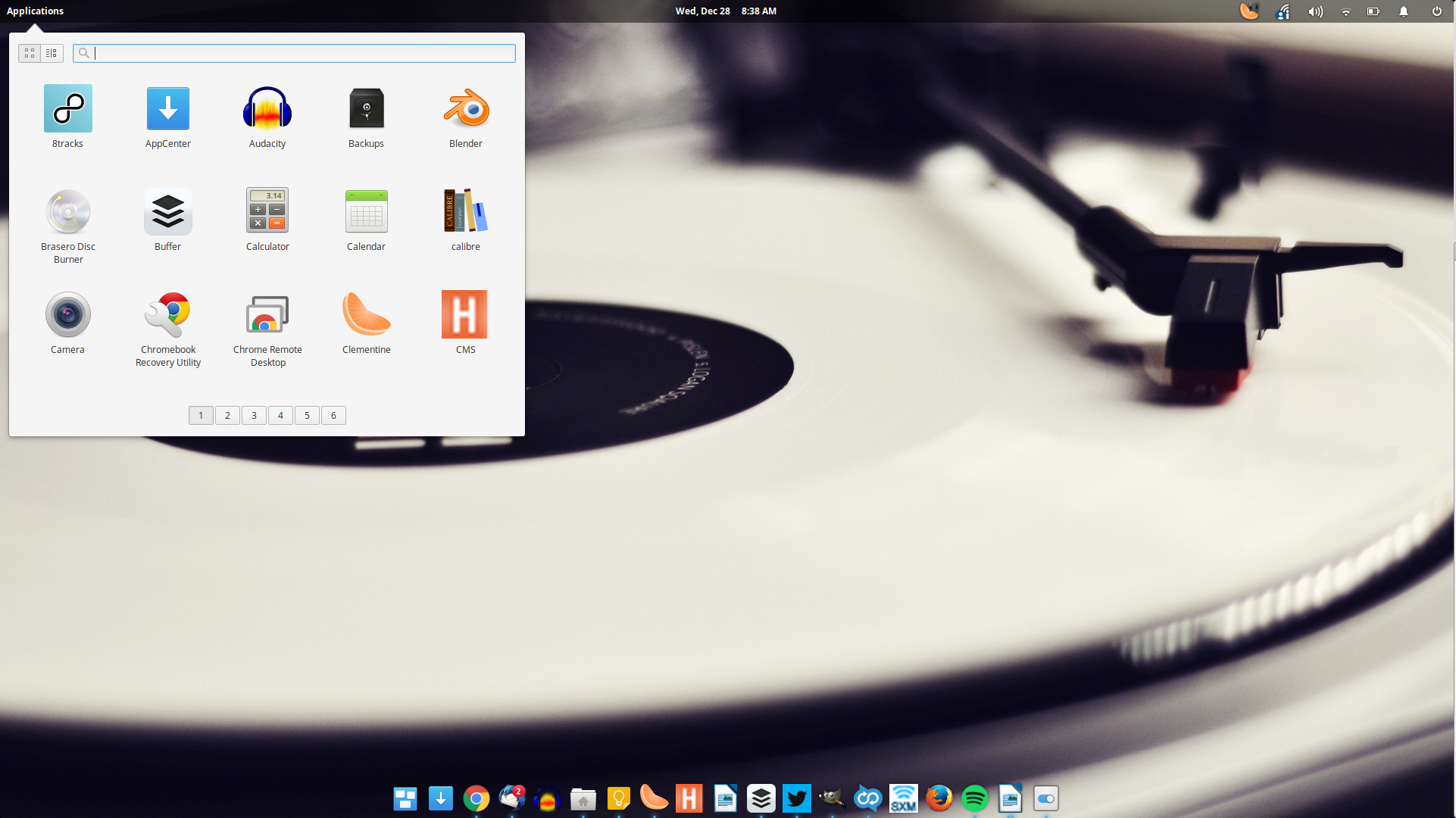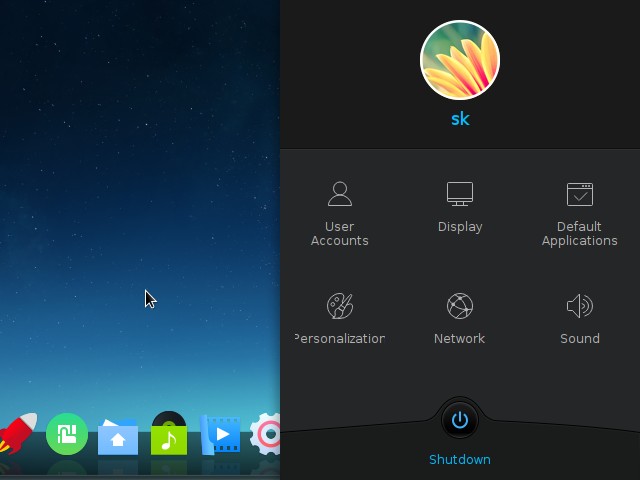
- #Best small linux distro 2017 mac osx#
- #Best small linux distro 2017 software#
- #Best small linux distro 2017 windows#
Every fourth release is earmarked as the long term release, the other three are short term releases. Ubuntu releases a product every six months, on a very set schedule. Ubuntu has a somewhat different strategy from Red Hat. The Suse family does not use a short term release product and is unique in this.

The Fedora release is frozen and put through extensive testing before turning into a long term RHEL release. The basis is not direct and some packages from later Fedora releases are sometimes added in, some changes are made, but the basics closely match a Fedora release. Fedora is not exactly a separate distribution than RHEL and CentOS, but instead every so often a Fedora release is picked to be the “base” for a future RHEL and CentOS release. Red Hat provides the Fedora distribution which releases roughly every six months, but with a flexible schedule. To address this, all enterprise Linux vendors offer a short term release product. Long term release schedules obviously create problems for those seeking more modern packages and features. Major releases are considered “breaking” with large changes such as significant new kernel features, changes in package choices, new compiler features, different libraries, and so forth.
#Best small linux distro 2017 software#
The idea of these minor releases is that they are small enough to not be “breaking” allowing software that is targeted at the major release to remain functional throughout the major release cycle. Ubuntu currently has the shortest release cycle for any LTS product in this category.Īll Long Term Releases have minor releases that come out between the major releases and bring small changes or adjustments to the operating systems that are larger than would be appropriate to release with a patch, but are not large enough to justify a release of a new operating system. Ubuntu’s LTS release is conveniently named LTS and releases every two years on the even years, in April, like clockwork. SLES maintains a release schedule that is currently between three and five years and openSuse Leap is based relatively closely on the SLES releases. Suse has two LTS products: Suse Linux Enterprise Server and openSuse Leap. These are the most commonly deployed.įrom Red Hat the RHEL and CentOS products are long term release with extremely long release cycles – not on a set schedule but currently releasing every three to four years. In the enterprise Linux world, all vendors offer at least one Long Term Release products. Long Term Releases, often referred to by LTS, are designed around slow system change rates providing years, sometimes many years, between major system releases allowing IT teams to avoid migrations for much longer and giving software vendors targets that are stable for a long time.
#Best small linux distro 2017 mac osx#
This release model is the most common in the general field of enterprise operating systems and is followed outside of Linux by systems like FreeBSD, Solaris, AIX, Mac OSX and Windows. There is no inherent rules of the universe that make this behaviour as it is but it is a strong convention and the concept of a release is based upon this convention. Of course, this is predicated on the behaviour of enterprise vendors as they exist today, any given distro may chosen to follow established norms or not. The idea of a release is that the packages within a release will not change outside of security and stability patches. Each release style serves a different purpose, but all generally follow a similar set of rules.


There are three primary release “styles” that we find across all operating systems, not only Linux distros: long term release, short term release and rolling release. For example, all three primary enterprise Linux vendors offer two different products and in all three cases, the differentiation is primarily around release schedule! So the concept of release schedule is certainly an important one in this marketplace. In fact, release schedule is often a key factor in what defines one distro from another. This is on top of the kernel release schedule that comes from Linux itself – which we will not worry about here.Įach distro is unique and makes its own release decisions.

In Linux we are talking about a “family” of related products from many vendors, some with multiple products.
#Best small linux distro 2017 windows#
Of course, the biggest difference is that Windows is one product, one thing coming from a single vendor. In the Linux world, this is very different. Everyone working on Windows is very aware of the upcoming releases, when they will happen, when they go into release candidate, when their end of life is and so forth. In the Windows world this is pretty simple, there is one product and it releases when it releases, which is roughly once every two years or so. One of the aspects of the Linux work compared to the Windows one is the variety and challenges of different release schedules.


 0 kommentar(er)
0 kommentar(er)
